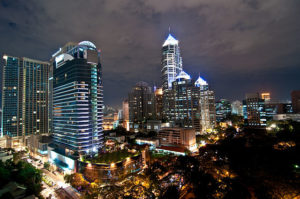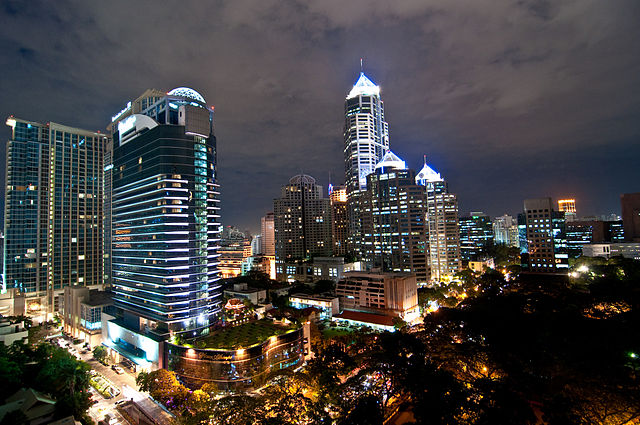 Economic confidence among business leaders in Asia fell during the third quarter of the year, dragged down primarily by growing concerns among ASEAN member-nations, according to YPO, a global organization of chief executives.
Economic confidence among business leaders in Asia fell during the third quarter of the year, dragged down primarily by growing concerns among ASEAN member-nations, according to YPO, a global organization of chief executives.
The YPO Global Pulse Confidence Index for Asia slipped 2.9 points, from 62.9 to 60.0 over the last three months, pulled down by a nearly 8-point drop in confidence among Southeast Asian countries.
Having reported the highest levels of confidence of any region in the world in the second quarter of the year, Asia fell behind the United States and the European Union in the third quarter, but remained marginally ahead of the global average of 59.2.
The decline in sentiment was mainly felt within Asia’s emerging economies. Confidence among chief executives from the Association of Southeast Asian Nations (ASEAN) countries slumped to its lowest level in the seven-year history of the study, with Indonesia, Malaysia, Singapore, and Vietnam all experiencing marked declines in optimism.
The confidence index for ASEAN countries—Indonesia, Malaysia, Philippines, Singapore, Thailand, Brunei, Myanmar, Cambodia, Laos, Vietnam—tumbled by a significant 7.9 points to 52.6, more than 7 points behind the overall score for Asia, said the report.
Elsewhere, confidence remained steady in the region’s largest economies. China reported a slight decline, slipping just 0.8 point to 61.4, its lowest level for a year but still in firmly optimistic territory. India dropped 2.0 points to 66.0 but maintained its position as the most confident country in the region and within the world’s top 10 economies. Japan saw confidence improve 1.1 point to 55.1, although at this level, it still remains below the regional score of 60.0.
“There are significant differences in economic outlook across Asia. Within the emerging economies, there are concerns about the increased valuation of the U.S. dollar and ongoing worries about the short-term economic performance of China and India. On the other hand, the outlook amongst business leaders within these leading economies remains strong, which has to be viewed as an encouraging sign,” said Azran Osman-Rani, CEO of iflix Malaysia and chair of the YPO Malaysia Chapter.
Globally, the YPO Global Pulse Index for the third quarter of 2016 fell by half a point to 59.2. The highest levels of confidence were reported in the EU, which climbed 2.2 points to 60.7. Close behind was the US, where confidence remained stable in the third quarter, edging down 0.4 point from 60.8 to 60.4. This meant that the world’s three largest economic regions reported confidence levels within one point of each other.
Elsewhere, confidence in Latin America increased by 1.5 points to 55.9, while the Middle East and North Africa fell 2.0 points to 53.9, making it the most pessimistic region in the world. Confidence in Africa rose 1.7 points to land at 55.5, its highest level since July 2015.
Concerns over economic conditions had an impact on chief executives’ predictions for their own organizations over the next 12 months. The three key indices in the survey, sales, employment and fixed investment, all fell in the third quarter.
Most notably, the YPO Employment Index for Asia fell 2.7 points to 55.5, its lowest level for four years, suggesting that unemployment will continue to be a challenge for many economies in the region.
Similarly, when looking ahead 12 months in regards to sales, 66% of business leaders expected to increase revenue, down from 72% in the second quarter.
Heading into 2017, the outlook is likely to stay the same as nearly half (49%) of chief executives forecasted there would be little or no change in the business and economic conditions affecting their organizations over the next six months. More than a quarter (28%) expected conditions to improve, and 24% expected the economic landscape to deteriorate.
The quarterly electronic survey, conducted in the first two weeks of October 2016, gathered answers from 1,625 chief executive officers across the globe, including 180 in Asia and 69 in Australasia.
Photo: Mark Fischer





